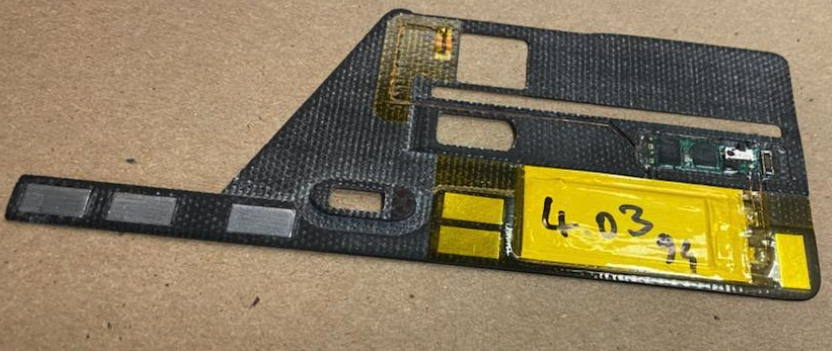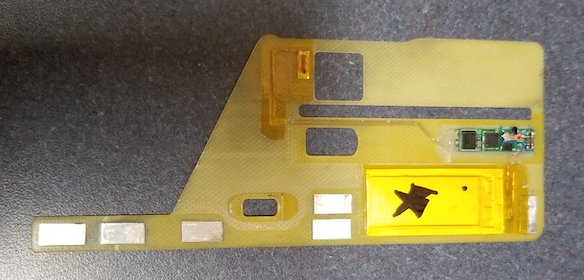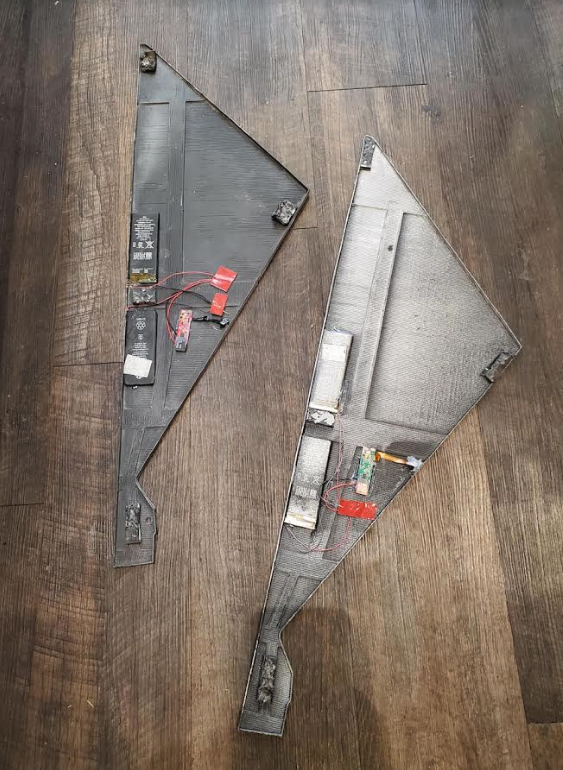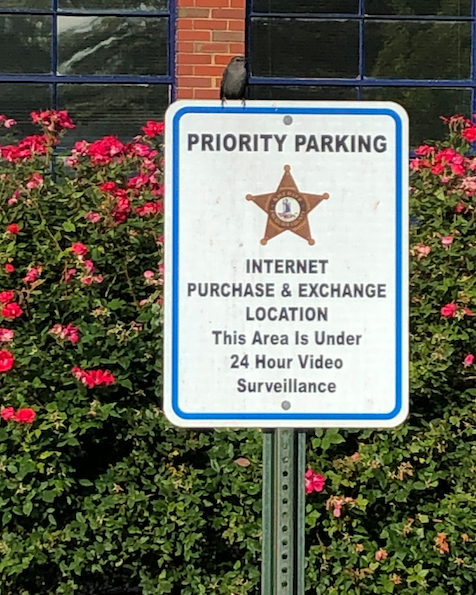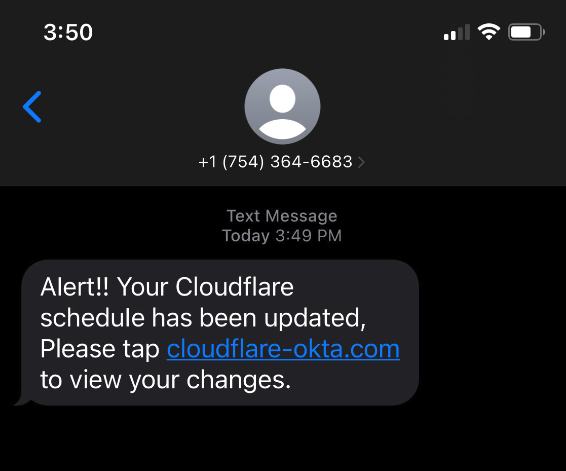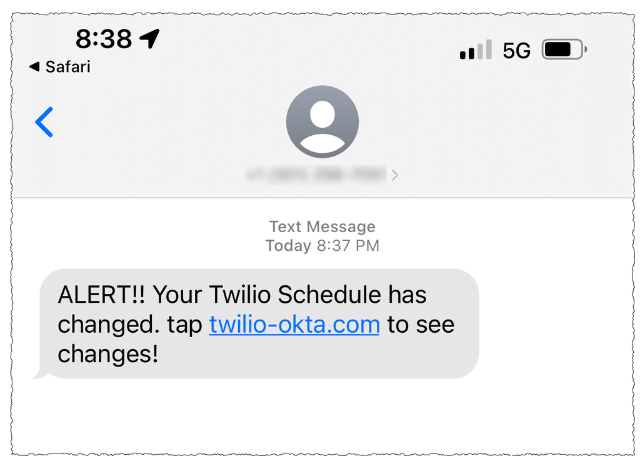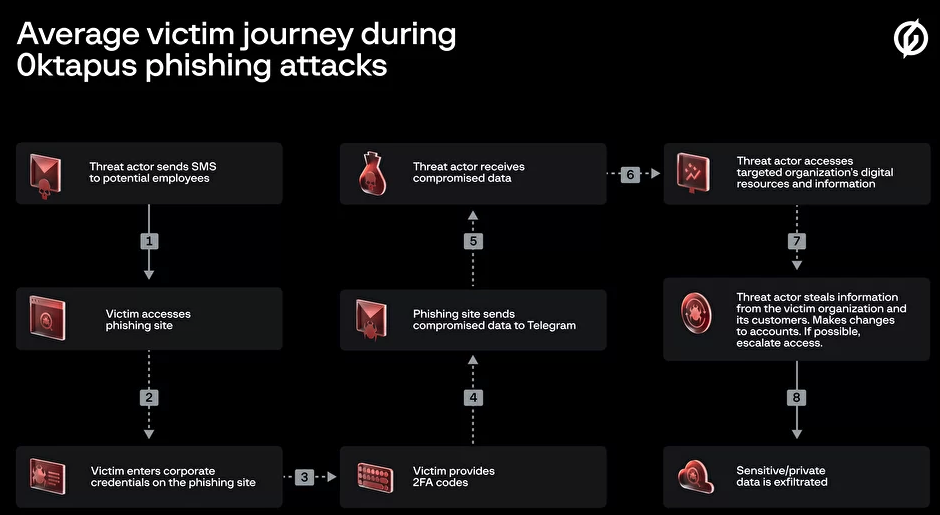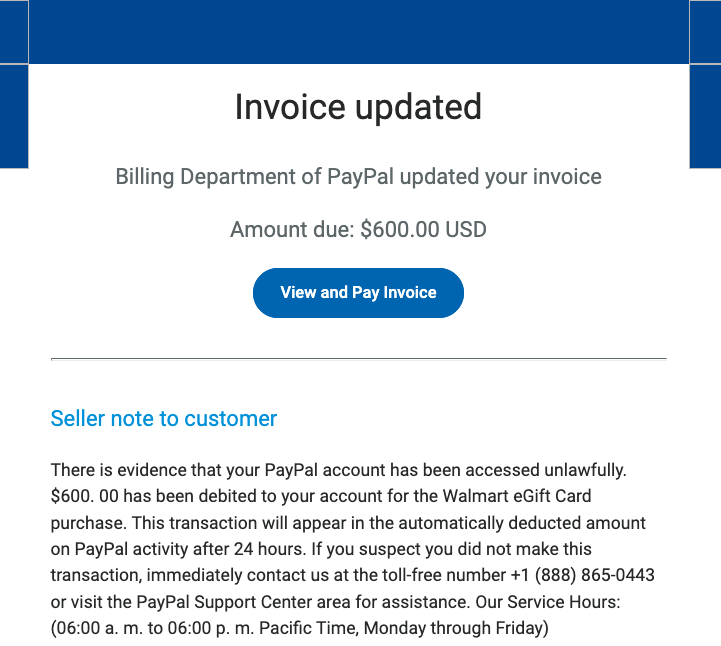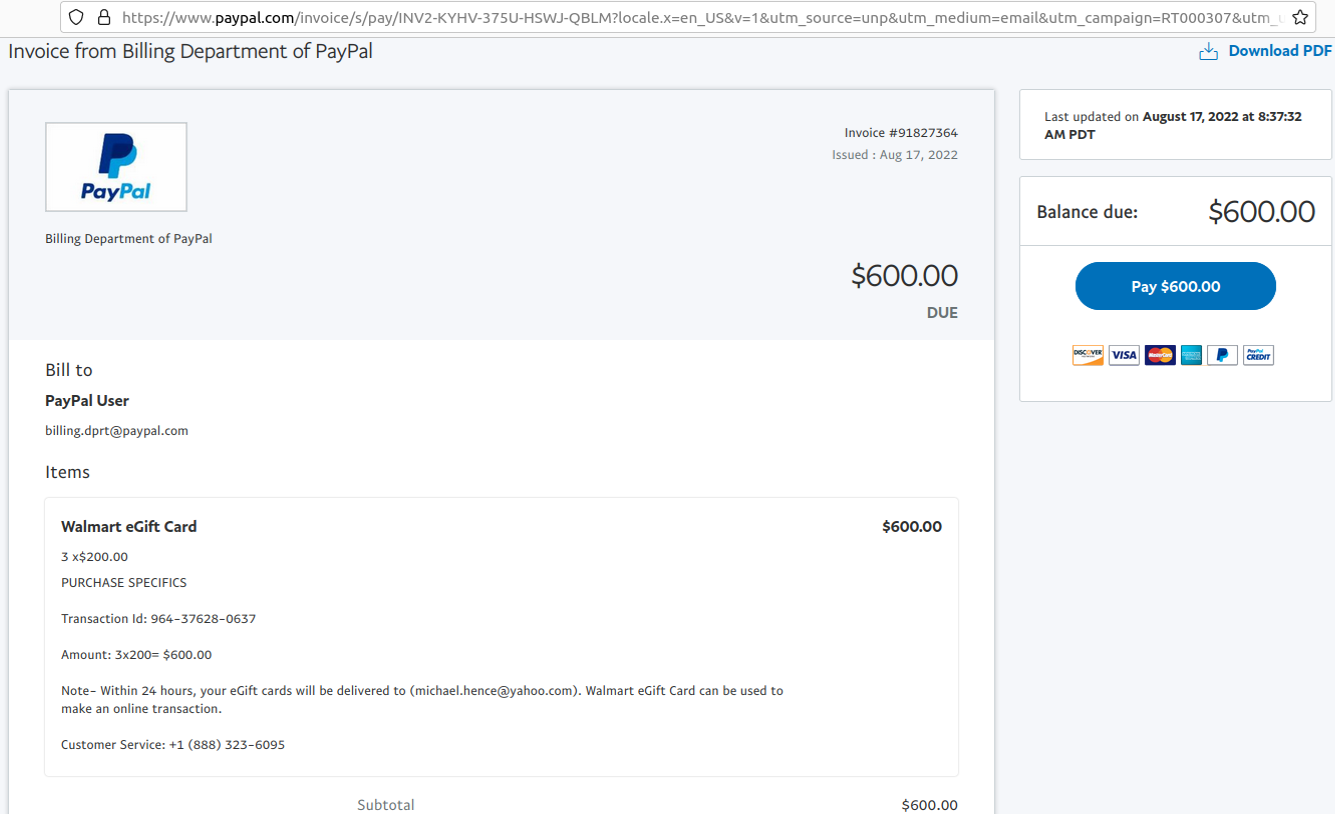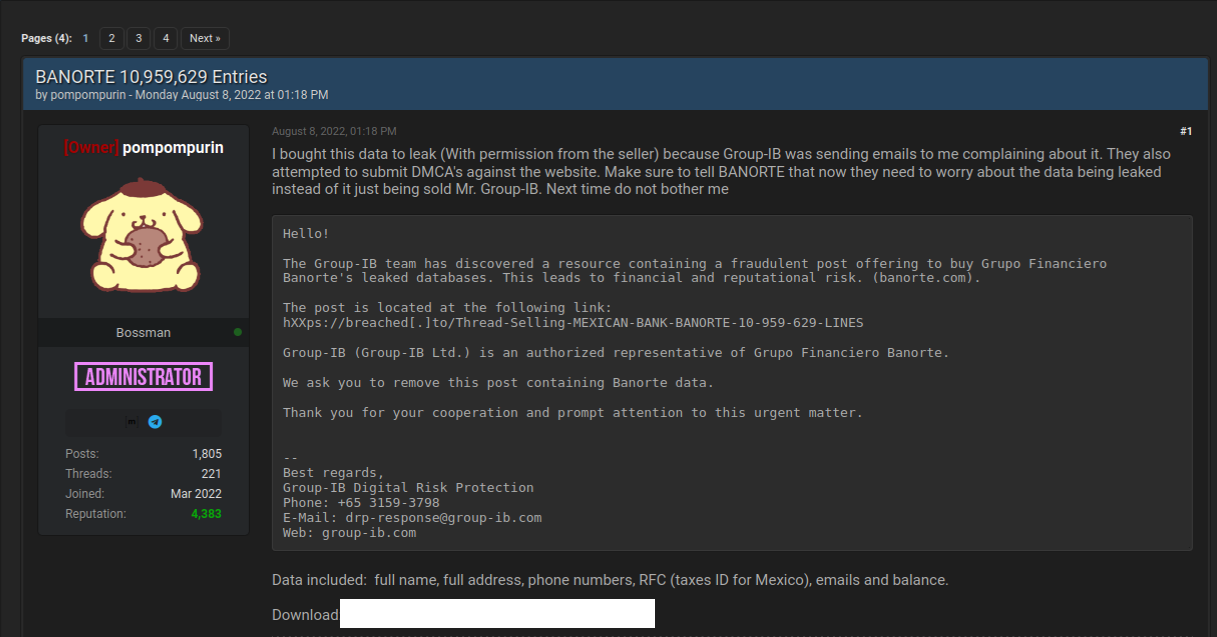A Florida teenager who served as a lackey for a cybercriminal group that specializes in cryptocurrency thefts was beaten and kidnapped last week by a rival cybercrime gang. The teen’s captives held guns to his head while forcing him to record a video message pleading with his crew to fork over a $200,000 ransom in exchange for his life. The youth is now reportedly cooperating with U.S. federal investigators, who are responding to an alarming number of reports of physical violence tied to certain online crime communities.
The grisly kidnapping video has been circulating on a number of Telegram chat channels dedicated to SIM-swapping — the practice of tricking or bribing mobile phone store employees into diverting a target’s phone number, text messages and calls to a device the attackers control.
The teen, known to the SIM-swapping community by the handle “Foreshadow,” appears to have served as a “holder” — a term used to describe a low-level member of any SIM-swapping group who agrees to carry out the riskiest and least rewarding role of the crime: Physically keeping and managing the various mobile devices and SIM cards that are used in SIM-swapping scams.
“Yo, Dan, please bro send the 200k,” Foreshadow said in the video, which was shot on Sept. 15 in the backseat of a moving car. Bleeding from a swollen mouth with two handguns pointed at his head, Foreshadow pleaded for his life. A still shot from that video is available here [Warning: the image is quite graphic].
“They’re going to kill me if you don’t,” Foreshadow continued, offering to get a job as a complicit mobile store employee or “plug” to help with future SIM-swaps. “I’ll pay you back. Just let me know what you need. I got you, for real. Any work for free. Whatever. However long you need me, too. I’ll apply to any store you need me to apply to. I can be a plug. I don’t care if I get caught by the cops or anything. I’ll get that money back for you. I used to do that work.”
It’s not clear where in the world the hostage video was recorded. But at one point in the video, the vehicle’s radio can be heard in the background mentioning WMIB, which is a hip-hop station in South Florida that serves both Ft. Lauderdale and Miami.
As Foreshadow’s hostage video began making the rounds on SIM-swapping Telegram channels, a rumor surfaced that Foreshadow had died after being shot in the leg. It soon emerged that Foreshadow had not died, and that he was cooperating with the Federal Bureau of Investigation (FBI). Members of the SIM-swapping community were then warned to delete any messages to or from Foreshadow. One of those messages read:
JUST IN: FORESHADOW IS NOT DEAD!!!!
HES CURRENTLY CO-OPERATING WITH THE FBI DUE TO HIM BEING KIDNAPPED AND AN ATTEMPT TO EXTORT HIM FOR 200K
IF YOU HAVE CHATS WITH HIM CLEAR THEM
Foreshadow appears to be a teenager from Florida whose first name is Justin. Foreshadow’s main Telegram account was converted from a user profile into a channel on Sept. 15 — the same day he was assaulted and kidnapped — and it is not currently responding to messages.
Foreshadow’s erstwhile boss Jarik told KrebsOnSecurity that the youth was indeed shot by his captors, and blamed the kidnapping on a rival SIM-swapper from Australia who was angry over getting shortchanged of the profits from a previous SIM-swapping escapade.
The FBI did not immediately respond to requests for comment.
Reached via Telegram, the alleged mastermind of the kidnapping — a SIM-swapper who uses the handle “Gus” — confirmed that he ordered the attack on Foreshadow because the holder had held back some of his stolen funds. In the same breath, Gus said Jarik was “gonna get done in next” for sharing Gus’ real name and address with KrebsOnSecurity.
“No1 cared about that nigga anyway, he snaked targs [targets] and flaunted it everywhere,” Gus said of Foreshadow. “I’ve been fucked over so many times I’ve lost millions. I am just a guy trying to make more money.”
Foreshadow’s experience is the latest example of a rapidly escalating cycle of physical violence that is taking hold of criminal SIM-swapping communities online. Earlier this month, KrebsOnSecurity detailed how multiple SIM-swapping Telegram channels are now replete with “violence-as-a-service” offerings, wherein denizens of the underground hire themselves out to perform various forms of physical violence — from slashing tires and throwing a brick through someone’s window, to conducting drive-by shootings, firebombings and home invasions. Continue reading





